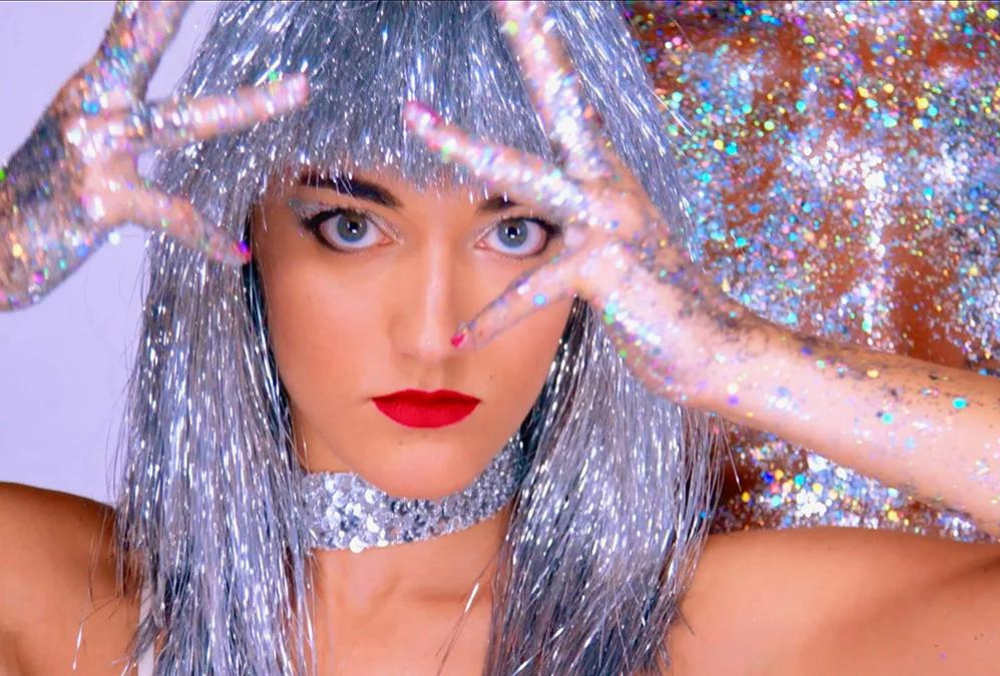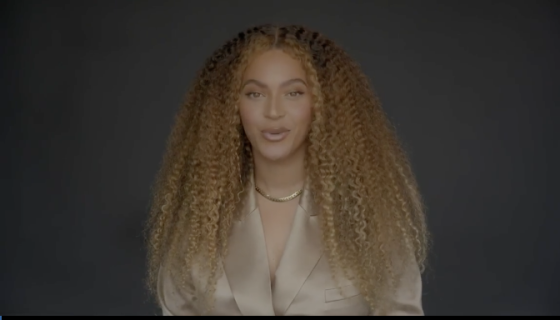
‘It Came Out of the Need To Let Everything Out’: Combo Chimbita on Their Hopeful New Album
The members of Combo Chimbita have always been moved by a deep, instinctive urge to experiment, creating bold fusions that feel boundless and unrestrained. Their omnidirectional songs mix splashes of psychedelic rock, cumbia rhythms, Black Caribbean traditions, freeform jazz structures, electronic thunderbolts, and more. Amid so much eclecticism, there’s also a spectral quality to their sounds — a sense of spirituality and conscientious angst that often reflects the uncertainty lurking in the world.
When the band began making their latest album, IRÉ, in 2020, that uncertainty seemed more overpowering than ever. The pandemic was raging on, taking the lives and livelihoods of millions of people, and conversations about race, colonialism, and inequality burned throughout the globe. Yet in all that darkness, the band saw cracks of hope — the stirring possibility that things could change. They tucked away in a house in Puerto Rico and used their time in quarantine to come up with an album that captured both unrest and optimism, ultimately marking one of their liveliest and most luminescent productions yet.
“IRÉ is a really positive album with a lot of hope,” vocalist Carolina Oliveros says on a recent Zoom call. “It imagines a different future, especially with the communities who have been vulnerable. It’s a project with a lot of strength and a lot of light.”
Songs such as the soaring opener “Oya” and the dreamy futurism of “Yo Me Lo Merezco” offer a soothing respite amid so much turbulence. Other moments, including the carefree rush of “Babalawo,” capture the urgency of the era while evoking a feeling of rebirth and revival. In an interview conducted in Spanish, Oliveros and guitarist Niño Lento shared more about the unique process that led to IRÉ and explained why it was important to them to make an album that would bring levity to their listeners.
Interview has been condensed for clarity.
How did you shape the concept of this album, and what was happening in the world as you put it together?
Lento: We started this album around 2020 — right during pandemic times, after our label had tasked us with coming up with a single. We kept meeting when we could, in parks, in the city, thinking about how we were going to make the single. But as we were talking about it, and because we’re a band that’s so close, we decided it would be better to come together and make a whole album and to create everything we possibly could. So, at the end of 2020, we went to Puerto Rico, and we all quarantined in a house together. We wrote for 15 days — 12 songs. We recorded the weeks after and all the production and the videos, we did in Puerto Rico.
Oliveros: The album is important to us because it came at a moment of lots of changes… The moment when everything gets cut off and artists can’t express themselves, you start looking for a way to connect again. So, this album came out of necessity, out of the need to let everything out, to let that fear out, all this repression. It was us saying, “We need to sit down and make music.” Also, there was an element of, “Why not be a voice for people who have lost so much and had all these difficult moments?”
What was it like working that closely, in a house all together? Had you ever collaborated this way before?
Lento: We’d never worked on an album in this way but being together was nice because beyond thinking about certain directions or aesthetic choices, this process was more about accepting ourselves and adding what we wanted to each song. It was about allowing anything that came out to just exist. Other times, you overthink things, and in this case, we had to work so quickly, so we let things flow out and we respected each other. Plus, we were in this house by the sea, so the vibe, the colors, all of that ended up influencing the album.
Oliveros: It was almost like a residency — and it was a moment we’d never had before as a band. It made us think a lot about the shape of the album. Like, ”Yo Me Lo Merezco” is all about deserving to have an opportunity to just be and create and manifest things. When we were there together, there was just a really good feeling about having the opportunity to make something for the fans who listen to our music.
Your music has always been experimental and incorporates elements of psychedelic rock, jazz, cumbia, and more. What were some new sounds you wanted to introduce here?
Lento: The first song is inspired by the Ecuadorian artist Polibio Mayorga, who played the accordion and organ and transferred a lot of indigenous melodies onto the organ… There’s merengue, there’s touches of reggaeton, dancehall, reggae, and rocksteady. We’re music lovers and always listening to a lot, so those are some of the elements I’d name.
Oliveros: Our appetite as musicians and artists always influences us, but also there’s also an emotional side and what was happening inside of us that’s going to manifest itself. For this album, even though we had an idea with the song “Todos Santos,” the others were built right in the moment, as we were feeling and letting ourselves explore what was happening inside of us. We made a plan and tried to organize the album, identifying that we wanted to do it in two parts… Organizing all of those ideas in less than a month was a challenge, truly. We were thinking it was going to be eight songs, ambitiously, and then we ended up doing 12 because ideas for melodies would surface and the tracks kind of revealed themselves to us.
Music is something super mystical — you don’t know how it’s going to start and how it’s going to end. It’s a process that really depends on how you feel and how things connect to each other and how the lyrics can connect with the album. Plus, we as a band have always tried to connect each album to the other, like a saga. From the first album to this, it’s like a story that keeps repeating itself. It’s a story that might be something fantastical, but it’s a reflection, an analysis, a criticism of the world we live in.
How would you describe that connection? What’s the line from your first project, El Corredor del Jaguar, to this album?
Lento: Each album has taken us to where we are. It’s hard to draw the line from there to IRE — there’s Abya Yala and Ahomale, and it’s been this process of being together and making music. The element of this album that we wanted to highlight was that we wanted this album to be less dark. The others were really dark, but we wanted this to be lighter, with more joy.
Oliveros: When we were making this album, it was such a hard time. Everyone went through problems and things that surfaced — anxiety, depression, all these things. So in the end, we wanted to make music that would lift us and would brighten us and motivate us and take us to a positive place. But you’d have to hear the whole discography — it’s always going to be tied together because musically, lyrically, there’s a lot of connections there.
What were some of the things happening in the backdrop of this album — and did you ultimately see those things as hopeful?
Lento: There was so much happening. The pandemic and the Black Lives Matter movement — that really fed a lot of the album. Then in Puerto Rico, we were saying all these issues with the tax breaks, and it became one of the things that marked the project. Even without being political activists, it was simply things that became part of our context. Then we came to Colombia, Cali, and there were statues being torn down and these marches came together in April 2021. That was right when we were making videos, so that wave of activity and conversations about colonialism, I really saw as something positive. Those reactions, despite everything that’s happened, to see people going out and expressing themselves… There hadn’t been a lot in the U.S. and in Colombia. It’s a hard time, but I think there’s a conscientiousness in community and a desire to transform things, and we tried to bring that to the album a bit.
Oliveros: Demonstrations have always been surrounded by art and music. All of that rage and fury, I saw it as a need to get out and transform everything. As a musician and an artist, I wanted to analyze all of that and say, “I want to do something, too, and to support this.” Everything that happens in an artist’s life, in the end, is reflected in what they end up making.



